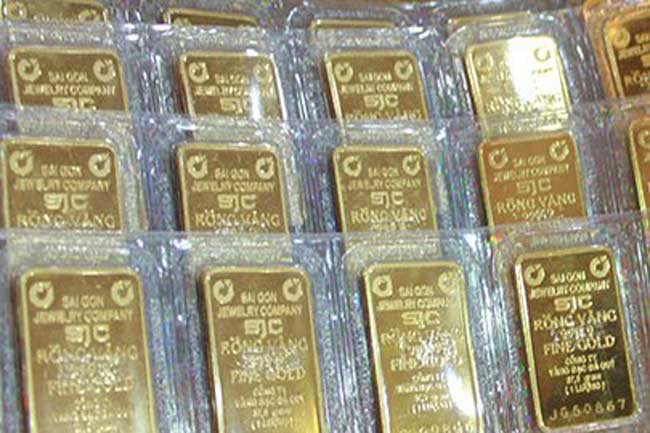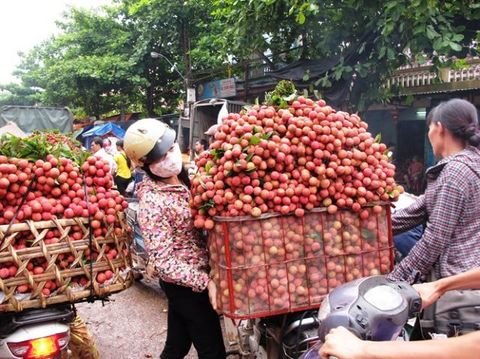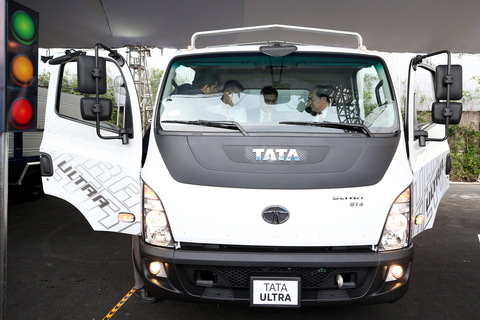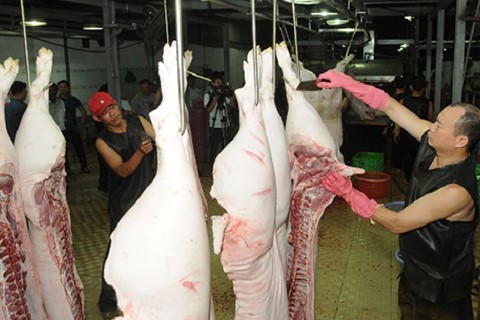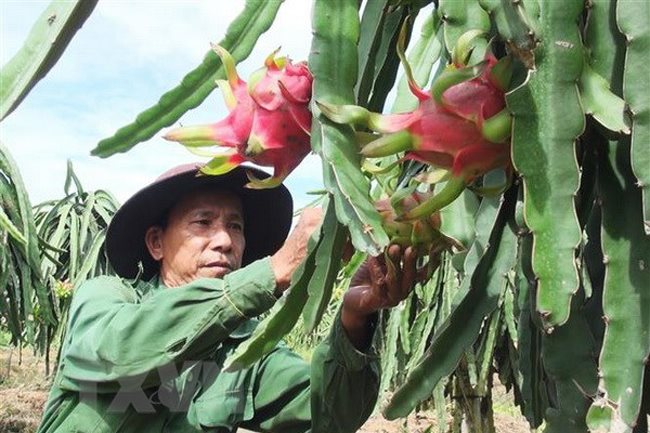Vietnam prices rise 2.1% on week as farmers hold off selling
Vietnam prices rise 2.1% on week as farmers hold off selling
Vietnam’s domestic coffee prices rose about 2.1% on Thursday from a week earlier, mainly on exchange rate fluctuations which prompted some farmers to refrain from selling.

Farmers in the Central Highlands, Vietnam’s largest coffee growing area, sold coffee COFVN-DAK at 33,400-33,700 ($1.42-1.46) dong per kg on Thursday, slightly higher than last week’s price of 33,000 dong.
“Because of the low prices, farmers don’t want to sell robusta for under 34,000 dong per kilogramme,” coffee trader Nguyen Thi Thu told Reuters.
The modest gains were mainly because of a slight strengthening of the dong, which rose 100 dong against the dollar, and did not necessarily reflect a change in the market, according to Thu and other analysts.
Both market analysts and traders said they expected the price to improve and become more stable from August or September, before the harvest season gets underway.
July robusta coffee settled down $27, or 1.9%, at $1,388 per tonne on Wednesday.
Traders in Vietnam offered 5% black and broken grade 2 robusta COFVN-G25-SAI at a $60-$90 per tonne premium to the September contract, compared with a $100 premium a week ago.
Vietnam exported 146,000 tonnes, or 2.44 million 60-kg bags of coffee in May, up 2% from April, customs data released on Tuesday showed.
For the first five months of this year, Vietnam exported 777,758 tonnes of coffee, down 11.8% from a year earlier, the customs department said.
In Indonesia, grade 4 defect 80 robusta beans COFID-G4-USD were being offered with $170 to $200 premium to July contract this week, narrowing from up to $240 premium last week, said a trader in Sumatran province of Lampung.
Demands were slow as coffee buyers still consider the premium high.
“Buyers are few since prices of beans are still expensive,” the trader said.
Meanwhile, traders expect more supply of beans this month as the harvest starts to pick up pace.
In May, coffee exports from Lampung rose 38% on a monthly basis as the area started to enter the harvest period, although shipments fell compared to the same month last year.





